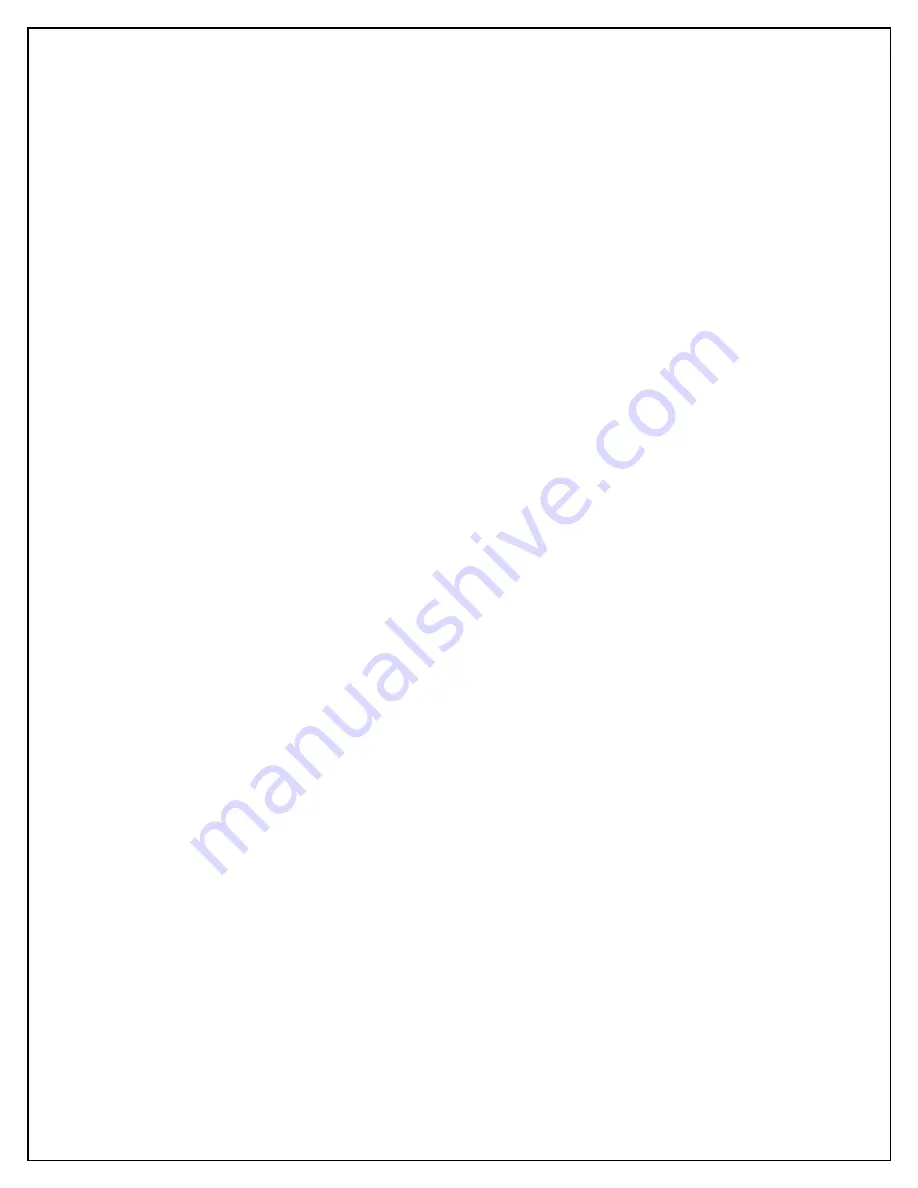
56...Mark the mounting plates where the tip floats will attach and remove the covering from this location. Glue the tip floats to
the mounting plates. Cut the 1/4” sq. strip to make triangular braces and glue into position.
57...Cut the 1/8” dowels to length. Remove the covering from the mount plate at the dowel location and glue the dowels into
position. Paint the dowels to seal the wood.
Pre-Cover Assembly:
58...Glue the stabilizer to the fuselage.
59...Glue the fin to the fuselage and to the stabilizer. Glue R-4 to the bottom of the fuselage.
60...Temporarily hinge the elevators and then the rudder to the model. Cut the slot for the lower rudder hinge. Do not glue the
hinges at this time.
61...Install the control horns onto the rudder and elevator.
62...Cut the 1/16” wire pushrod in half. Attach the “Z” bend end of the pushrods to the control horns and insert into the fuse
lage. ( you will have to remove the horns to insert the push rods). Bend the aft end of the pushrods to eliminate any binding
at the exit.
63...Mount the elevator and rudder servos to the fuselage side with servo tape. ( For the tape to stick securely you should lightly
clean the side of the servo with alcohol to remove any oil. Remove the paper backing from the tape and apply two strips of
servo tape to the servo. Remove the paper backing from the tape on the servo and lightly coat the exposed face of the tape
with thick C/A glue. Press the servo into position on the inside of the fuselage side and hold securely until the glue dries.)
Attach the pushrods to the servos with pushrod connectors.
64...Cut the windshield using the pattern on the plan and test fit to the fuselage.
Covering:
65...Remove the engine, Control surfaces and other items. Sand the entire model smooth with 320 grit sandpaper. Remove the
hatch from the model and cover it separately.
66...Cover the model with your choice of iron on covering materials. Cover the engine pylon at this time.
67...Apply the decals and other markings as desired. An ultra fine Sharpie Marker can be used to draw panel lines and other
details. Paint the wing hold down dowels.
Final Assembly:
68...Install the elevators and then the rudder to the model and glue the hinges in place.
69...Install the pushrods and control horns and connect the pushrods to the servos.
70...Glue the wing hold down dowels into position.
71...Glue the windshield into position. Seal the windshield around the dowels.
72...Cut the covering material fron the slots in the top of the wing. Glue the engine pylon into position on the wing. Install the
engine mount to the firewall and bolt the engine to the mount.
73...Install the throttle cable. Use a “U” shaped piece of wire imbedded and glued into the pylon block to restrain the throttle cable
housing. Drill a hole in the wing and glue the lower end of the housing in place.
74...Mount the throttle servo on the bottom of the wing with servo tape.
75...Assemble the fuel tank. The tank mounts on it’s side so position the vent and pickup tubes properly. Clean the pylon side of
the tank and the pylon with alcohol and mount the tank to the pylon with servo tape. You can add small hooks and rubber
bands to help secure the tank if you wish.
76...Run the fuel and vent lines to the tank.
77...Install the receiver and battery pack so that the model balances at the point shown on the plan. Wrap the battery and
receiver with foam rubber. If necessary, add weight to the nose or tail until the model balances at the point shown on the plan
with the fuel tank empty. The battery may need to be forward under the hatch. The hatch is then sealed with clear tape or
matching covering material. The tip floats should be rubber banded to the wings when you balance the model.
78...Attach the wing to the model with a minimum of 4 rubber bands on each side. Set the control throws to the measurements
shown on the plan.
79...Verify that the model balances at the point shown on the plan before flying. Verify that the control throws are set and that the
controls move in the proper direction.
80...Always pre-flight your model thoroughly before each flight. It is your responsibility to verify that your model is airworthy.
Always follow established safety guidelines while starting and operating the engine, radio and while flying the model.
Page 7
Summary of Contents for AQUA STAR HRR502
Page 4: ...Page 4 ...



























